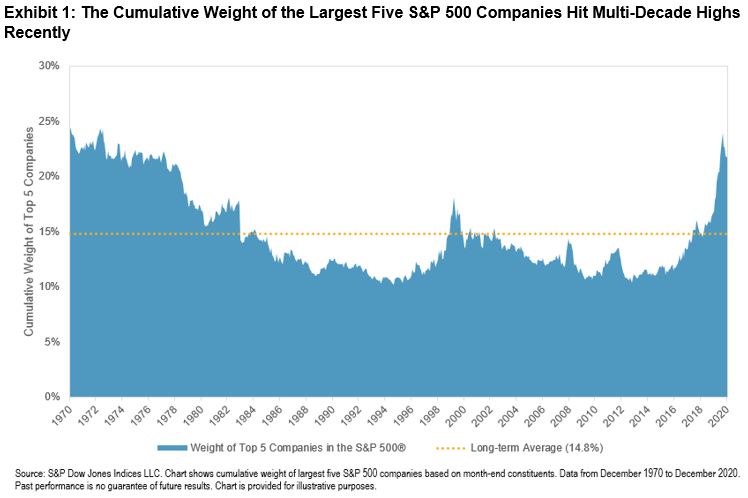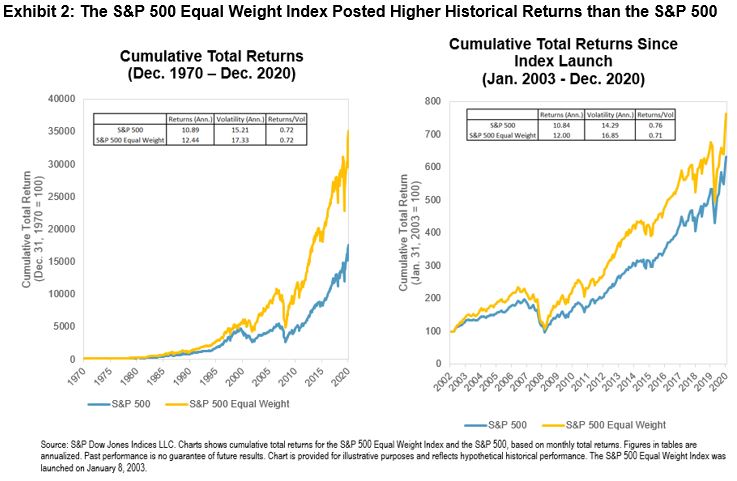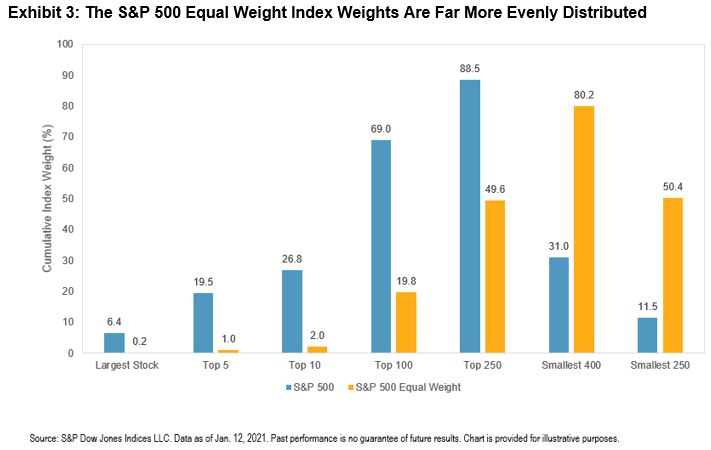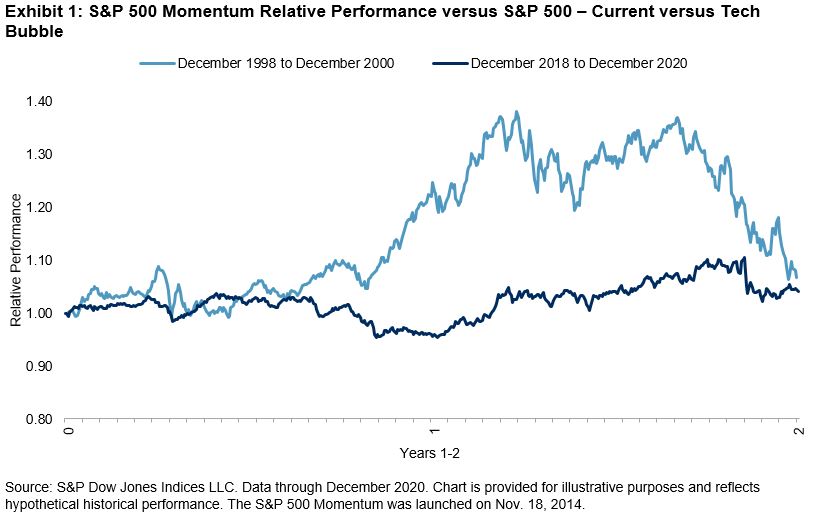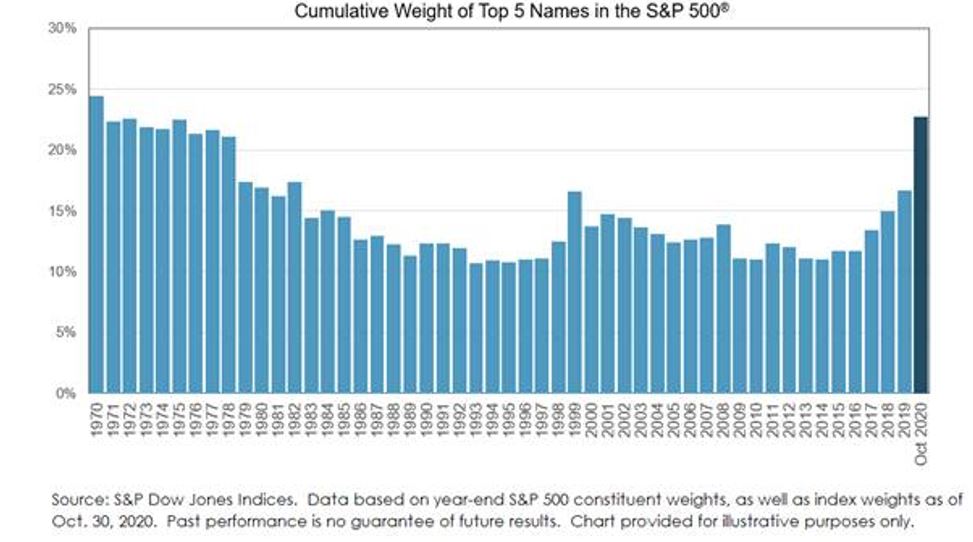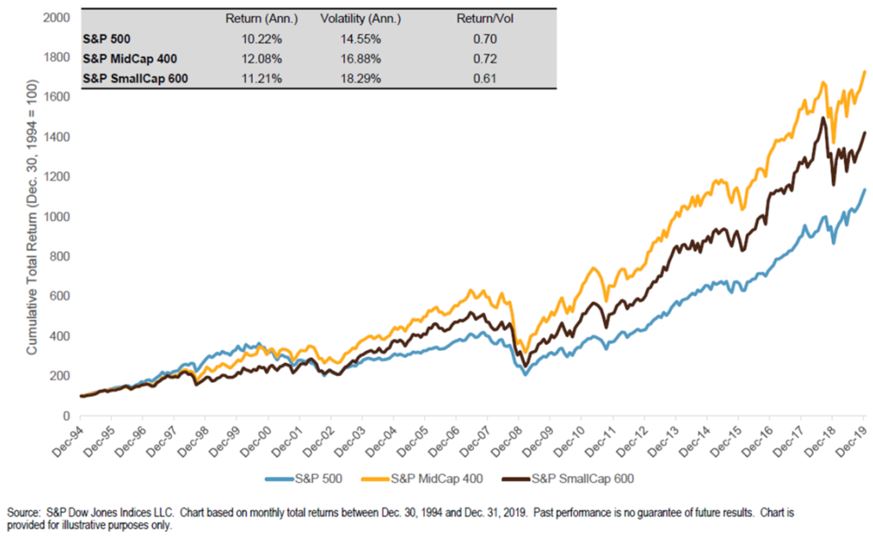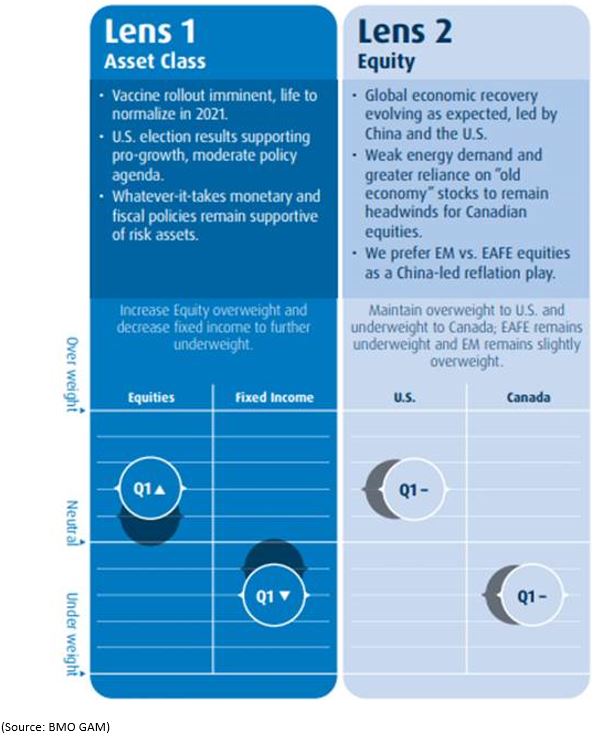The headline S&P GSCI rose 4.9% in January, as the industrial portion of the global economy continued to bounce back from the first wave of the COVID-19 pandemic and lockdowns in 2020, and the prices of many agricultural commodities spiked higher on the back of record demand from Asia and the growing risk of grain export restrictions.
The petroleum complex sustained its impressive recovery in January. The S&P GSCI Petroleum rallied 7.3% for the month. While there has been some moderation to the pace of the demand rebound due to a slower start to COVID-19 vaccinations in many regions and the cautious pace of reopening, the oil market remained tight, with Saudi Arabia pledging additional, voluntary production cuts and other OPEC+ producers holding production steady. Policy shifts in the U.S. are also expected to temper long-term oil supply prospects.
After a strong 2020 for the S&P GSCI Industrial Metals, performance in January was a paltry 0.4%. Heavyweights Aluminum and Copper were little changed, while the S&P GSCI Nickel rose 6.4% and the S&P GSCI Zinc fell by almost the same amount. Demand for nickel use in electric vehicles was front of mind for market participants, while zinc fell due to an unexpected surge in stock to a three-year high in the London Metal Exchange warehouses.
The S&P GSCI Gold fell 2.6% in January after a stellar 2020, when it posted an all-time high. Consolidation has been a trend for the yellow metal over the past few months. The S&P GSCI Silver rebounded on the last day of the month by almost 4% to post a monthly gain of 1.9%. With the intensified push toward green technology, silver demand for solar and electric vehicles provided the impotence for price appreciation while the “poor man’s gold” also attracted the attention of Reddit retail investors. The S&P GSCI Palladium fell 10.0% in January after a 4.9% fall on the last day of the month. Palladium has been riding high over the past five years with the global shift to lower carbon emitting autos and booming demand. Palladium is used in the catalytic convertors for gasoline powered autos.
The S&P GSCI Corn ended the month up an impressive 13.0%. On the last day of the month, the USDA confirmed that China booked 2.1 million metric tons of U.S. corn, the largest-ever single sale to the Asian country. That brought China’s four-day buying total to 5.85 million metric tons, more corn than the U.S. has ever shipped to China in an entire marketing year. Across the rest of the agriculture complex, only the S&P GSCI Coffee and S&P GSCI Cocoa finished the month in negative territory.
It was a quiet start to the year for livestock. The S&P GSCI Livestock rose 0.9%, with lean hogs and live cattle prices both benefiting from the rally in the grains market.
The posts on this blog are opinions, not advice. Please read our Disclaimers.




